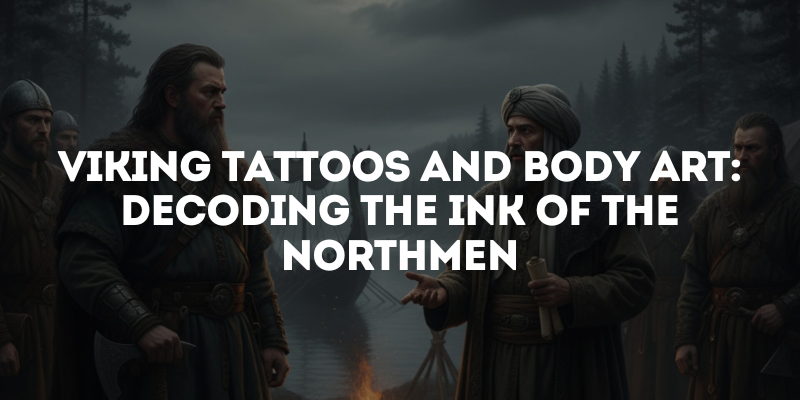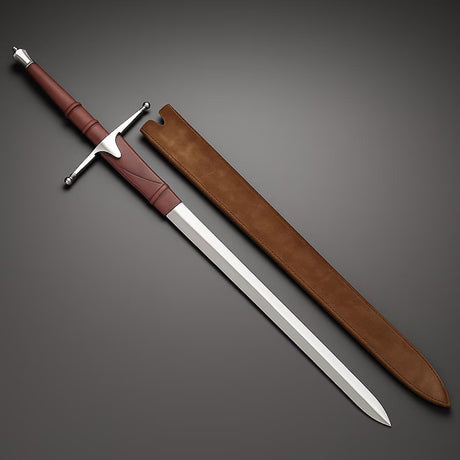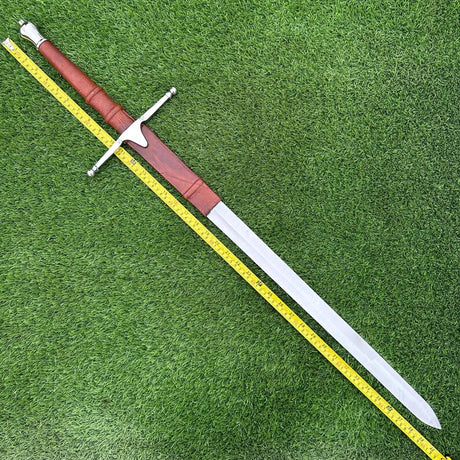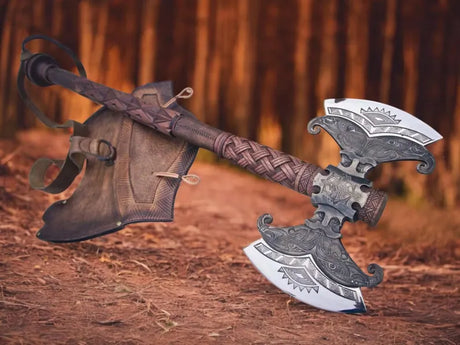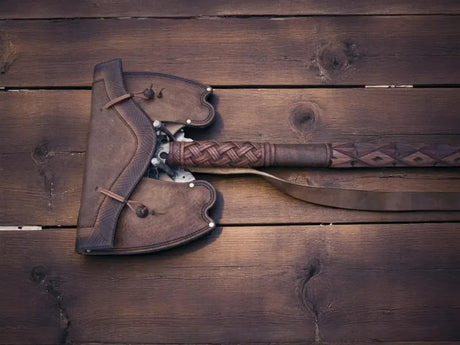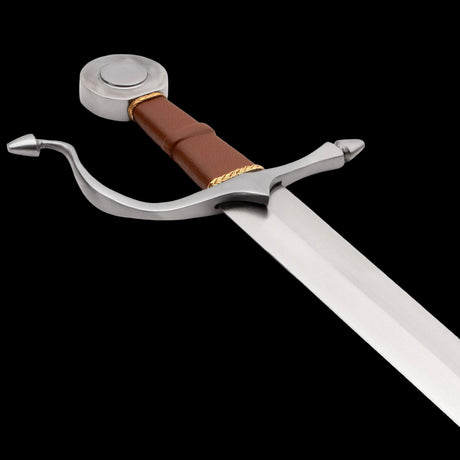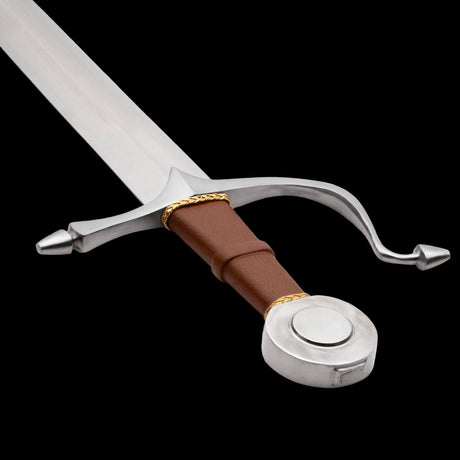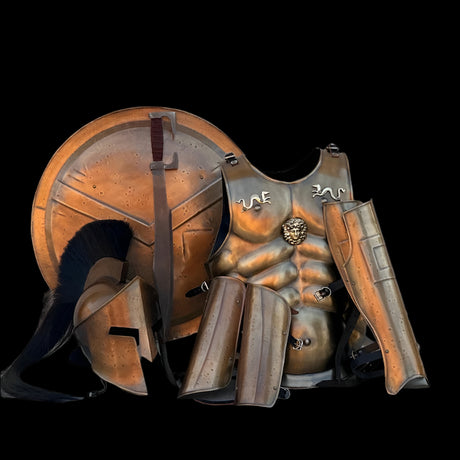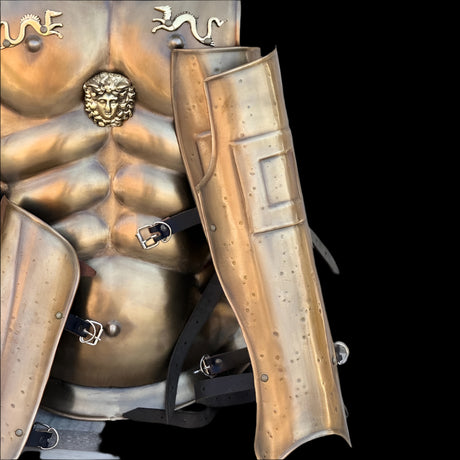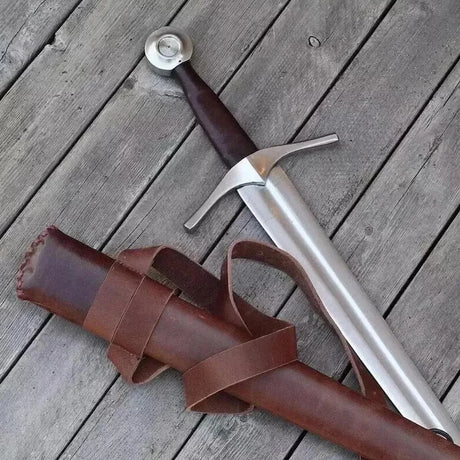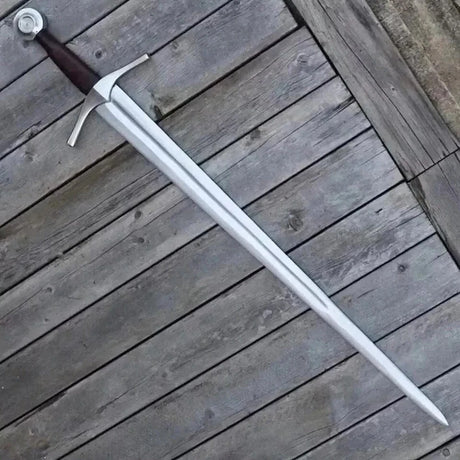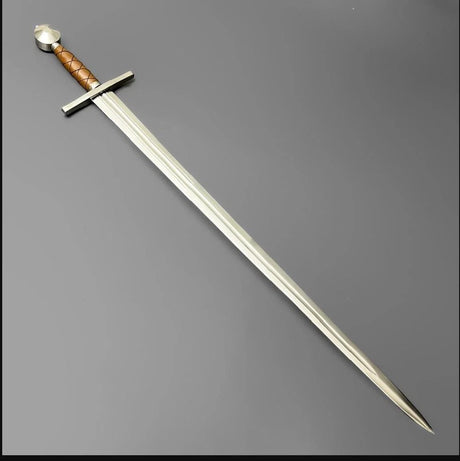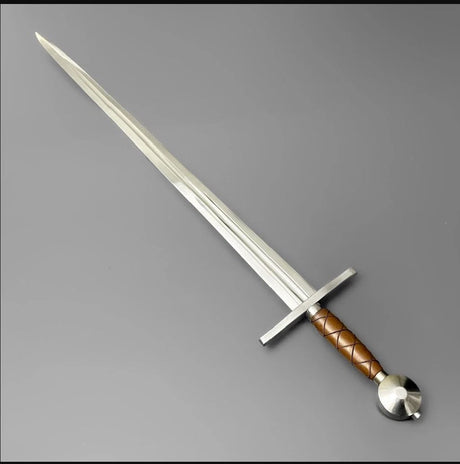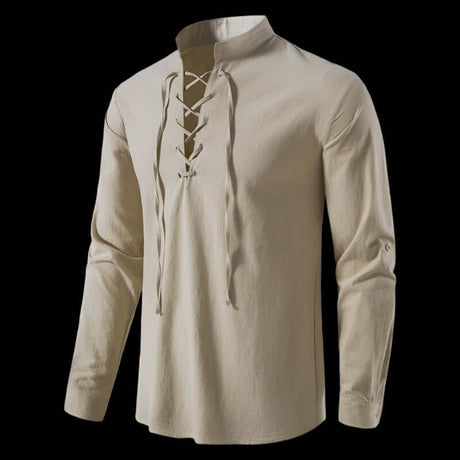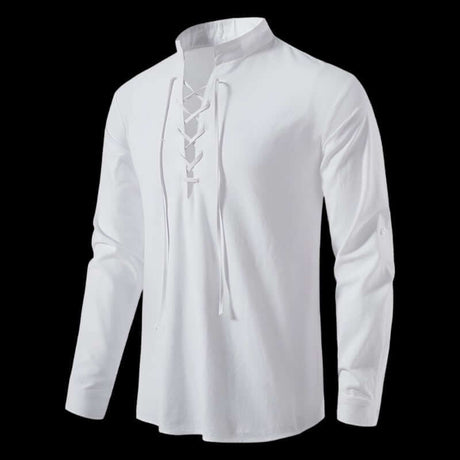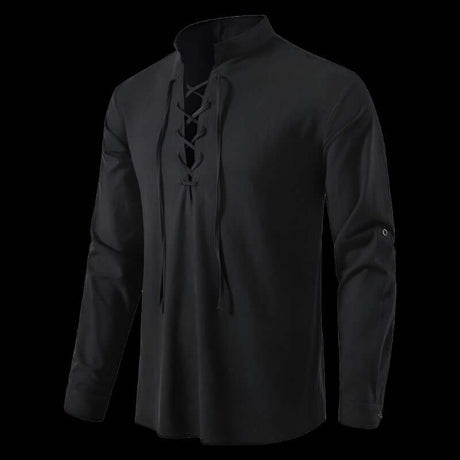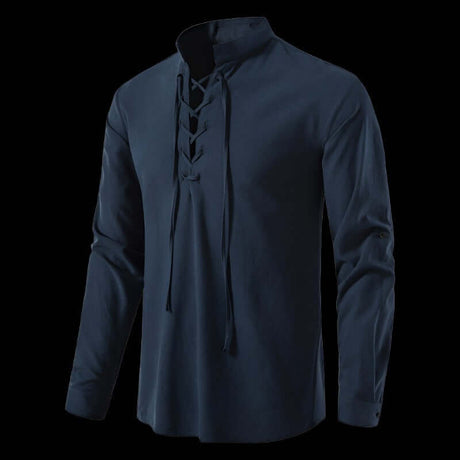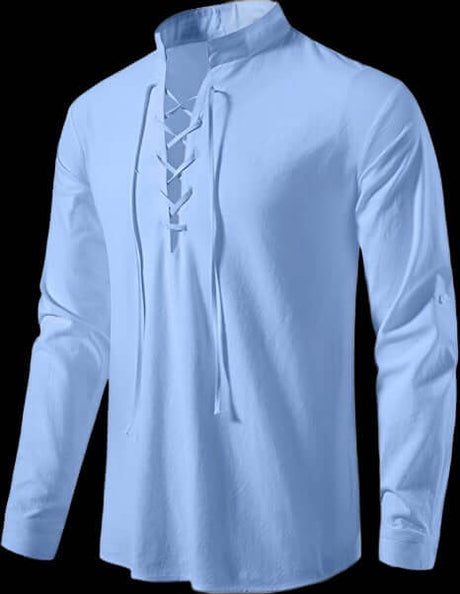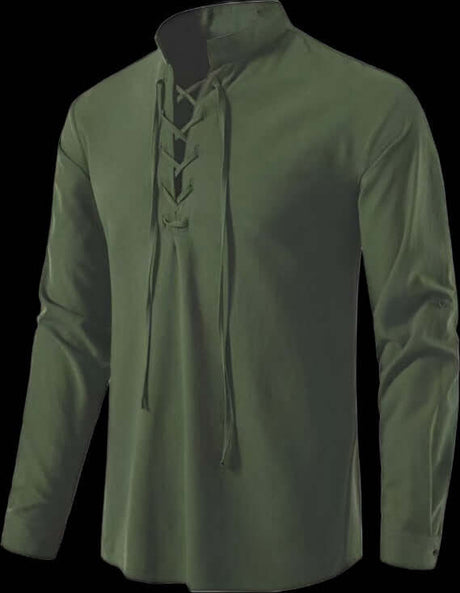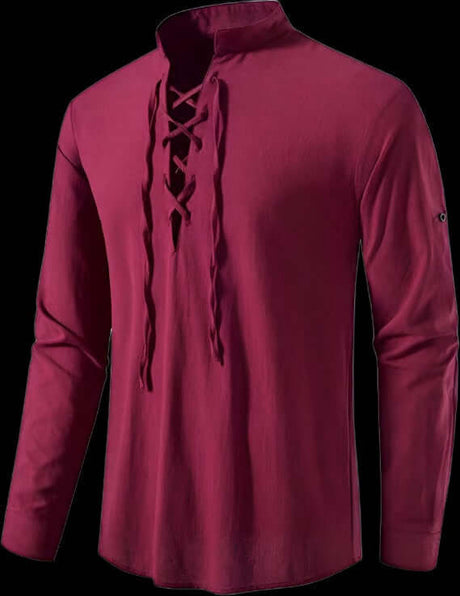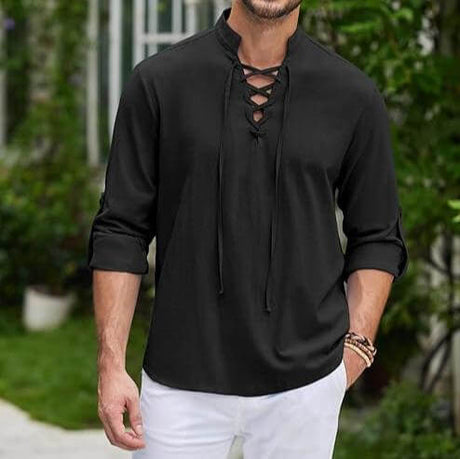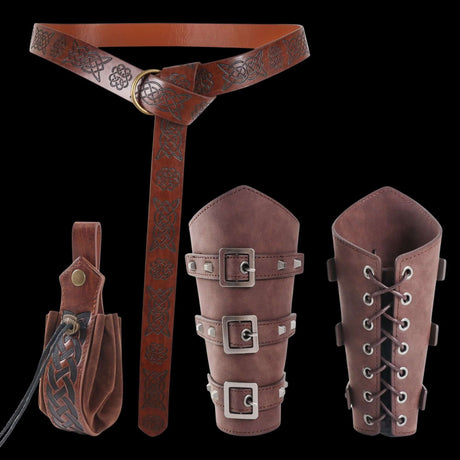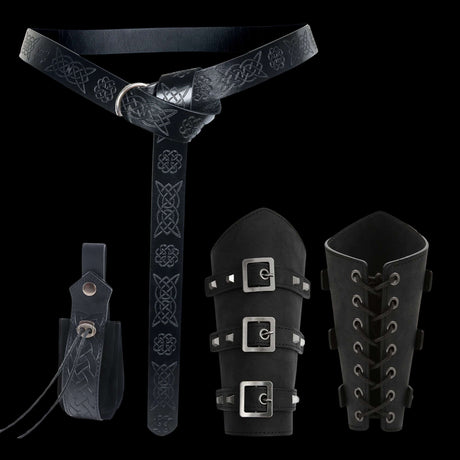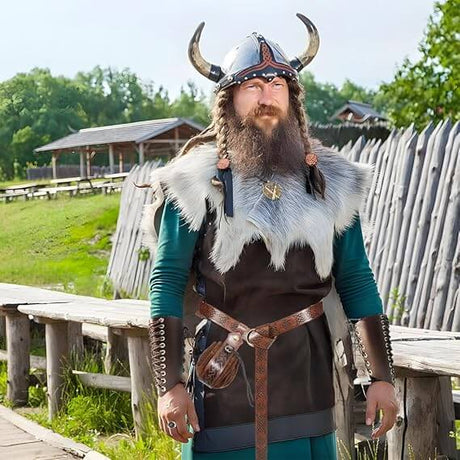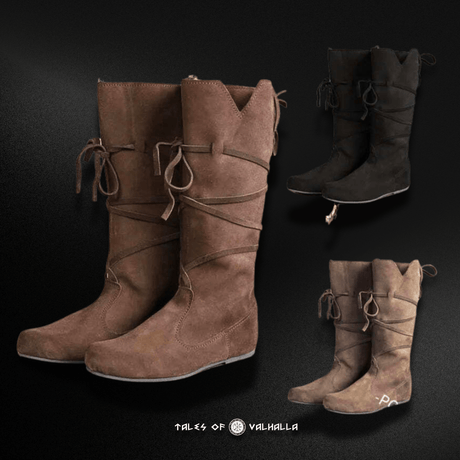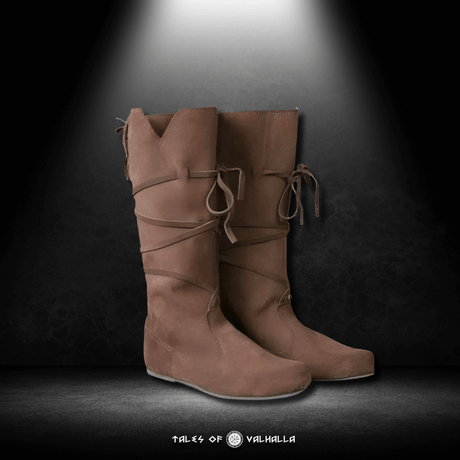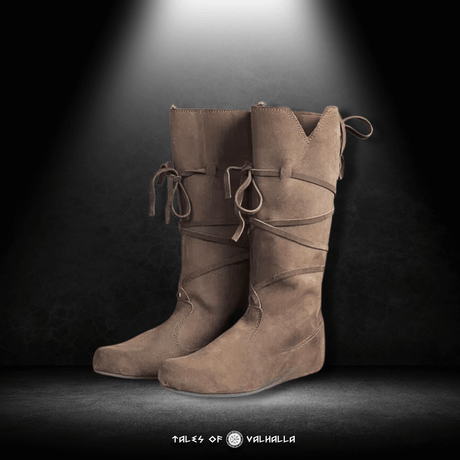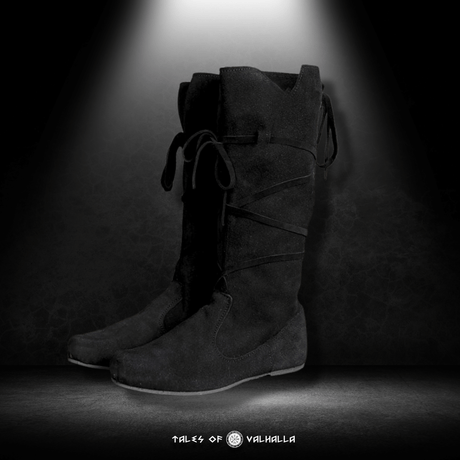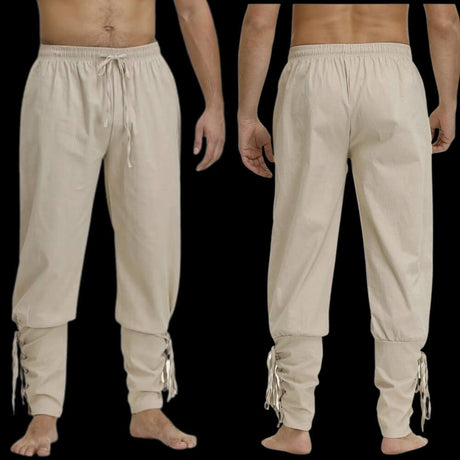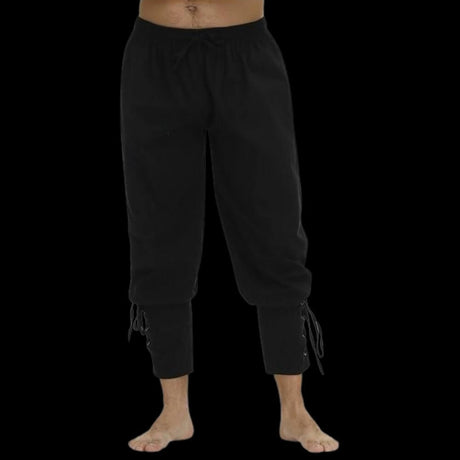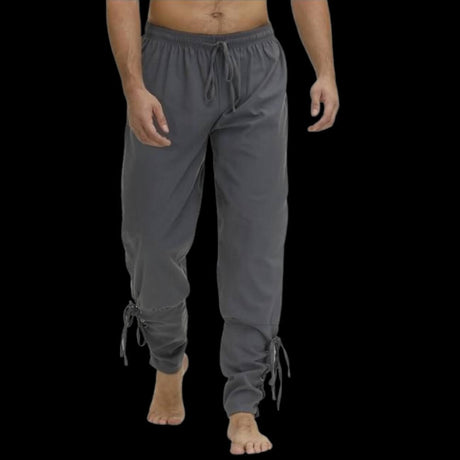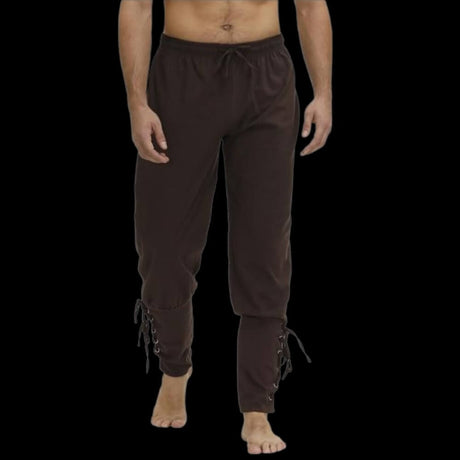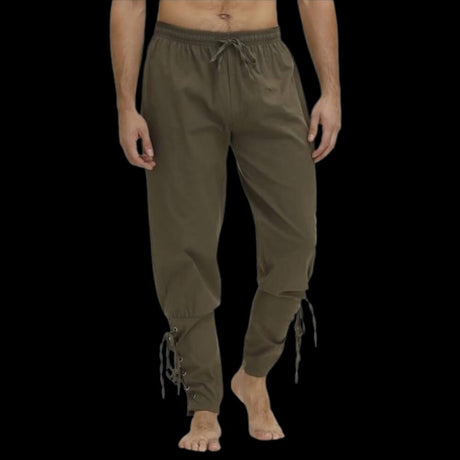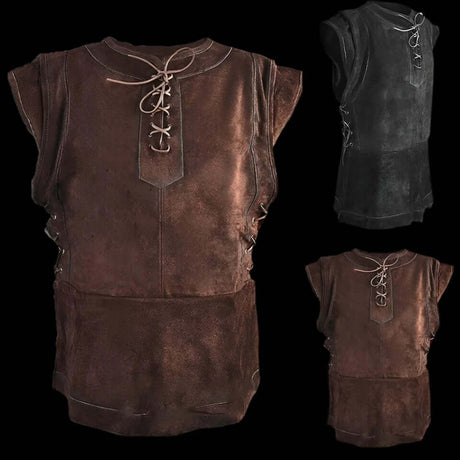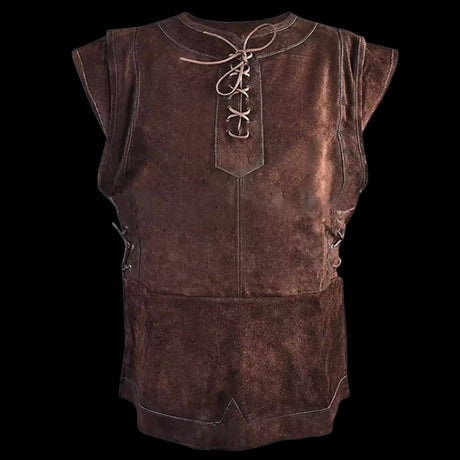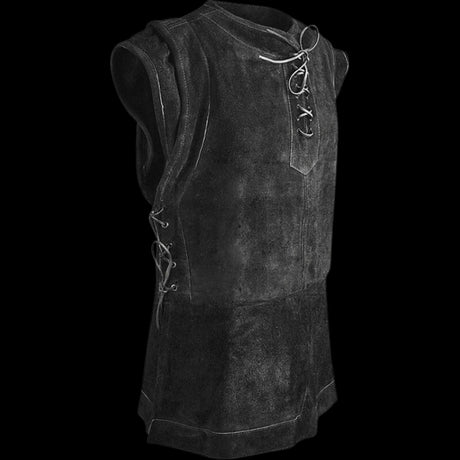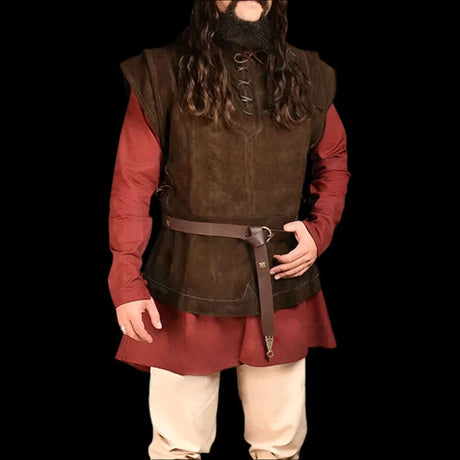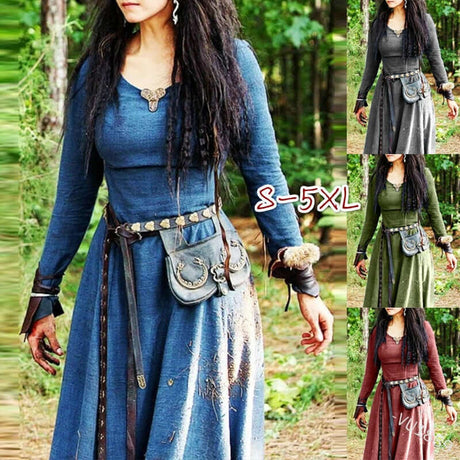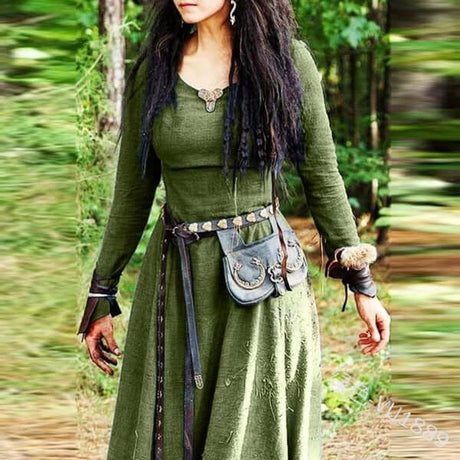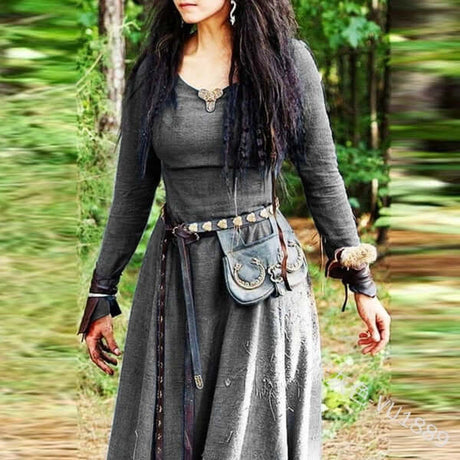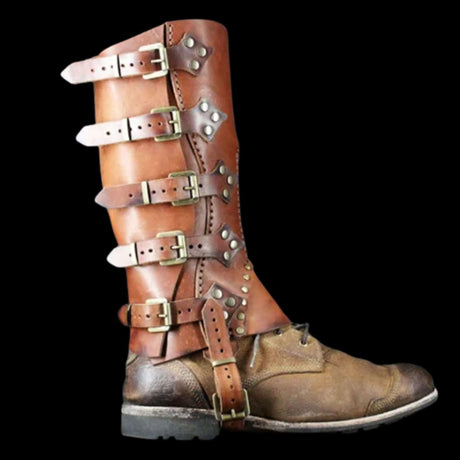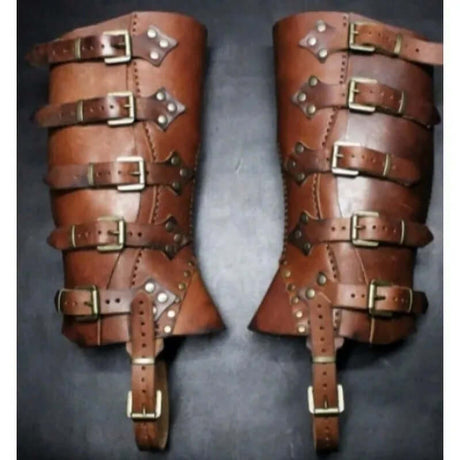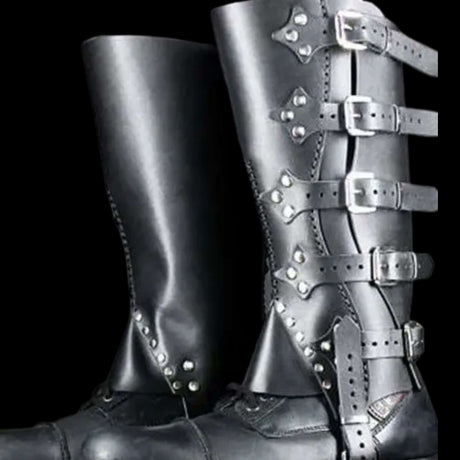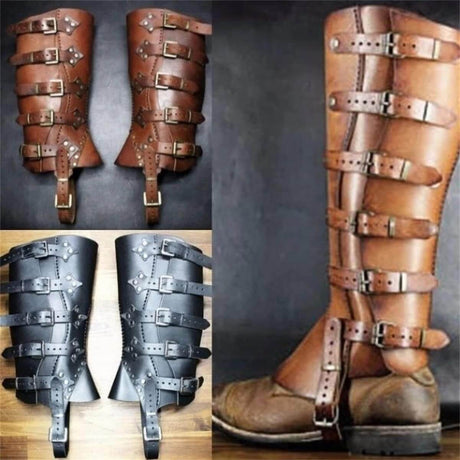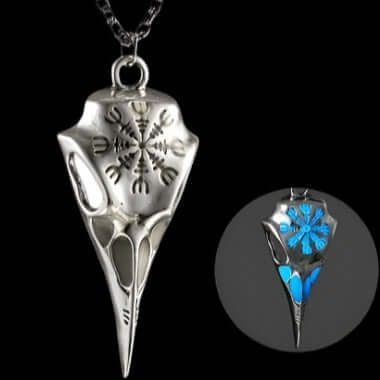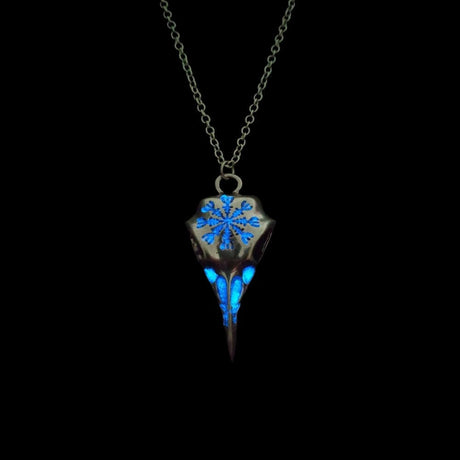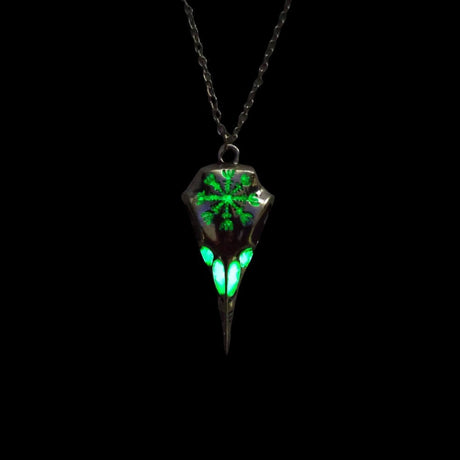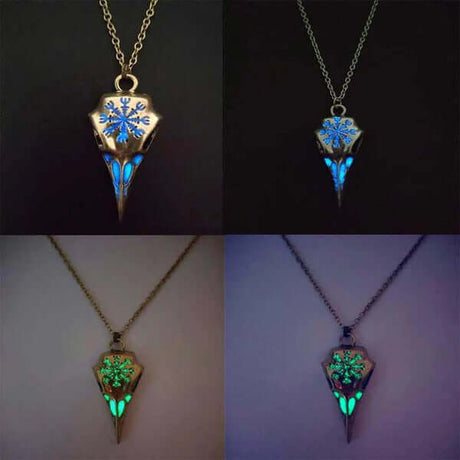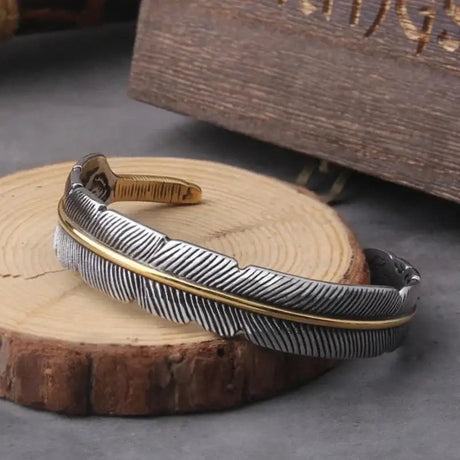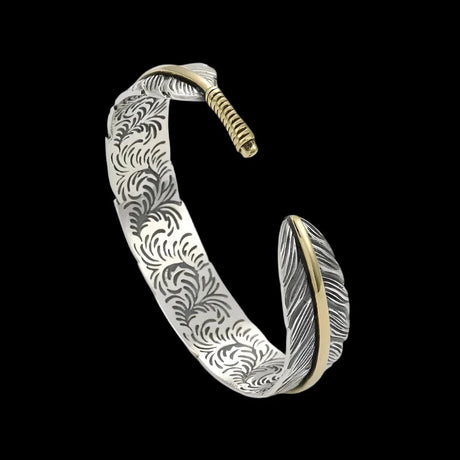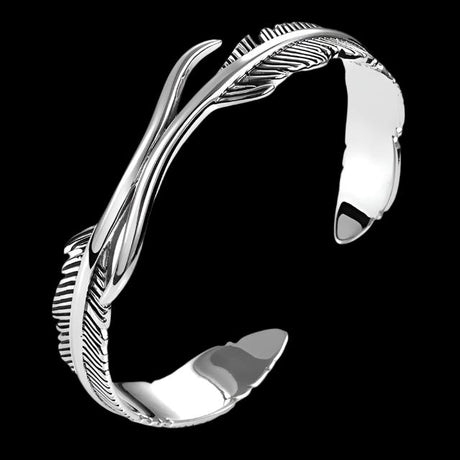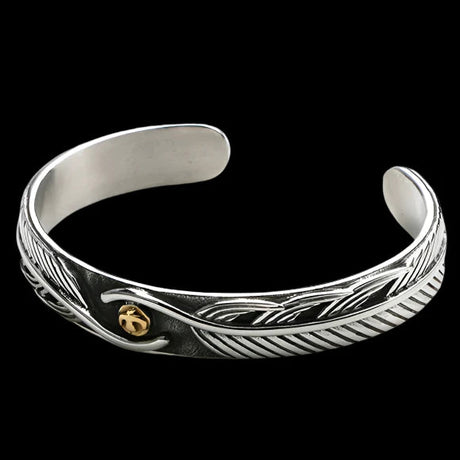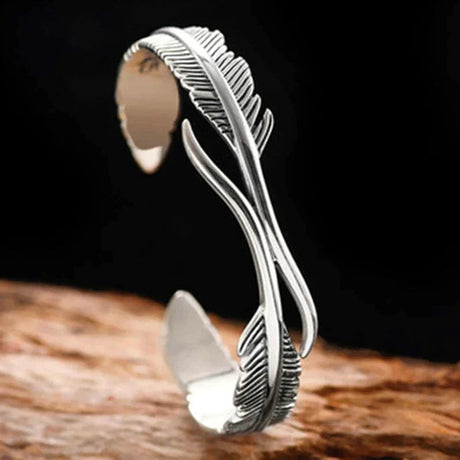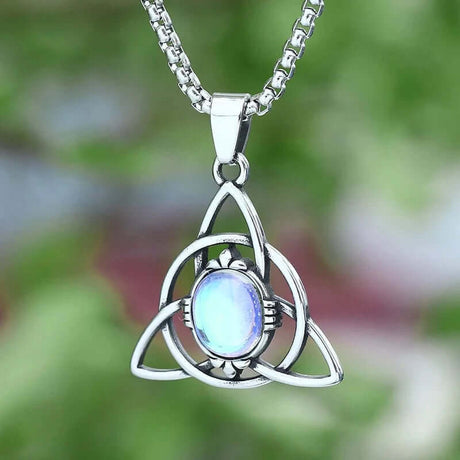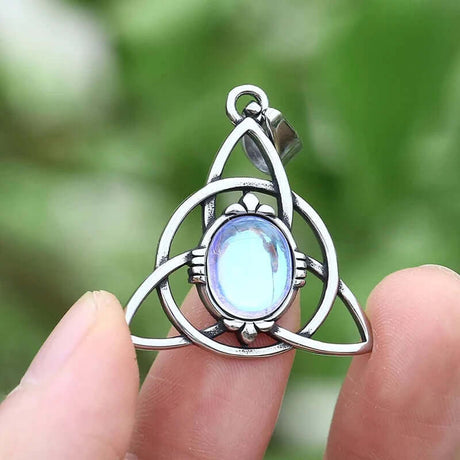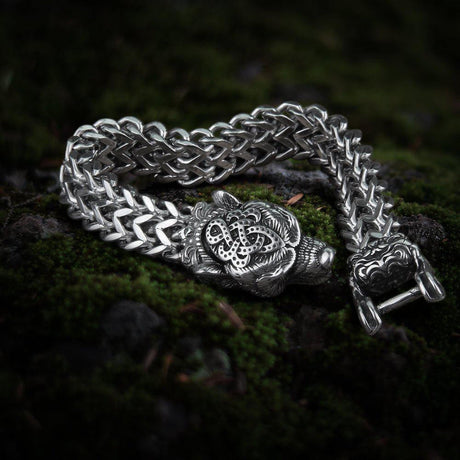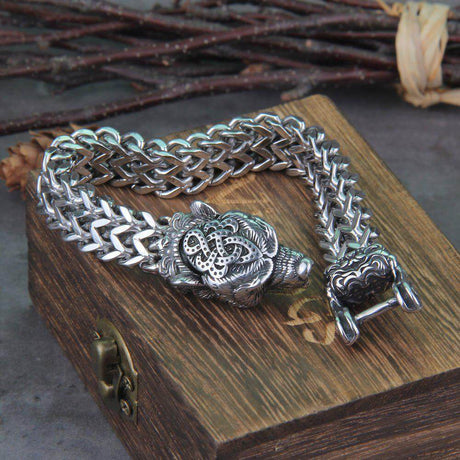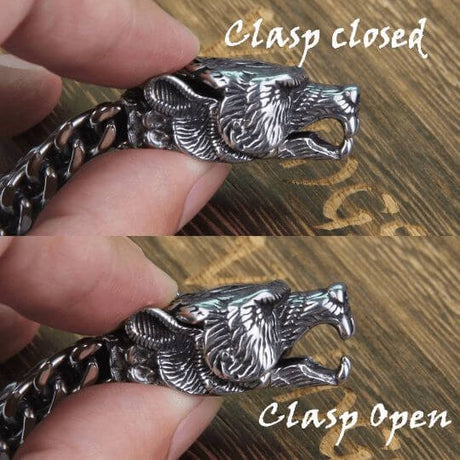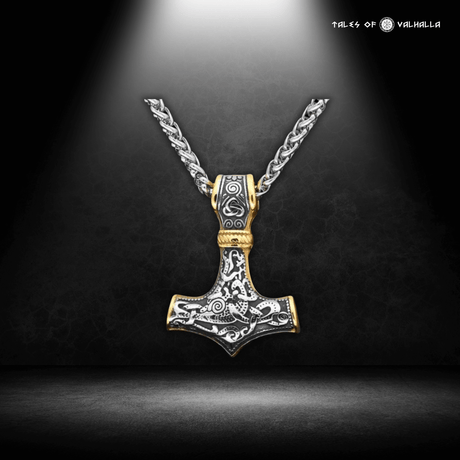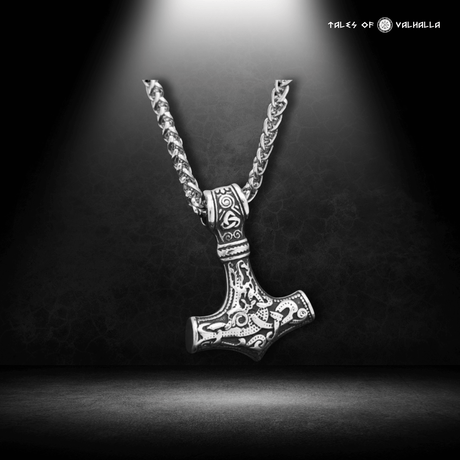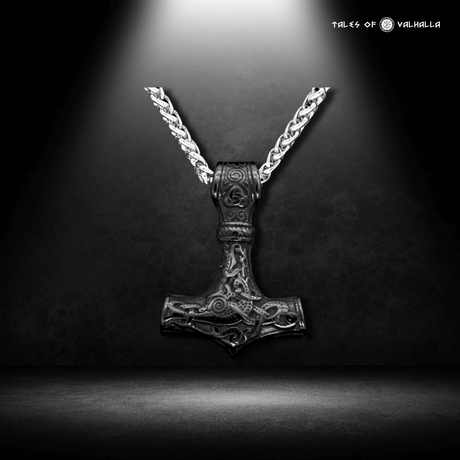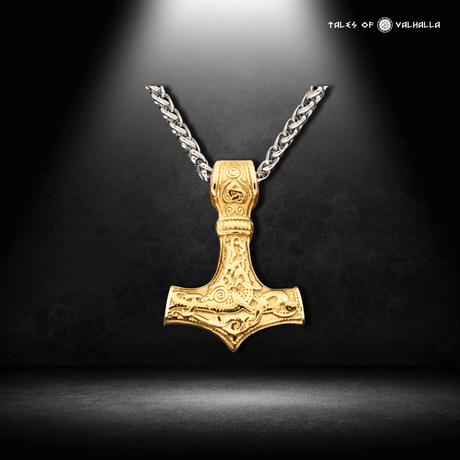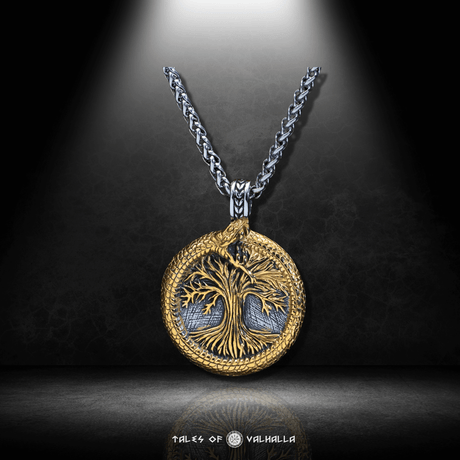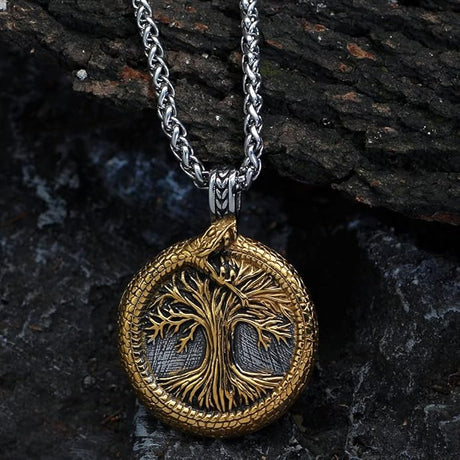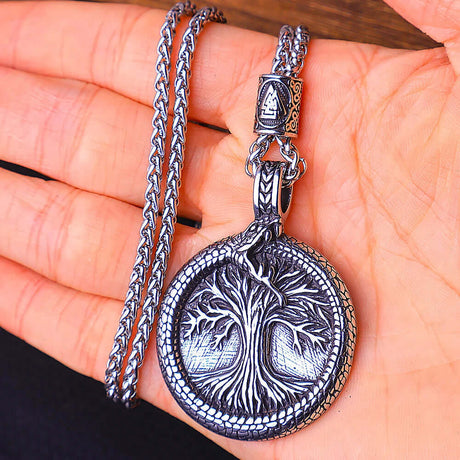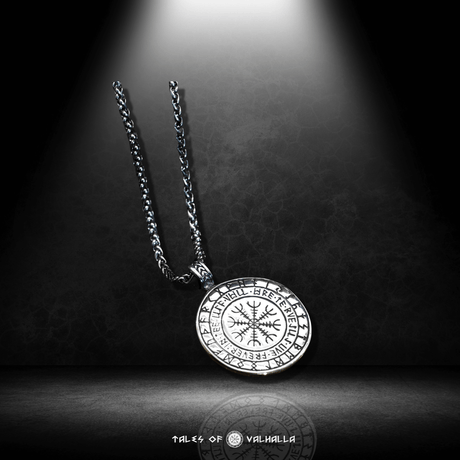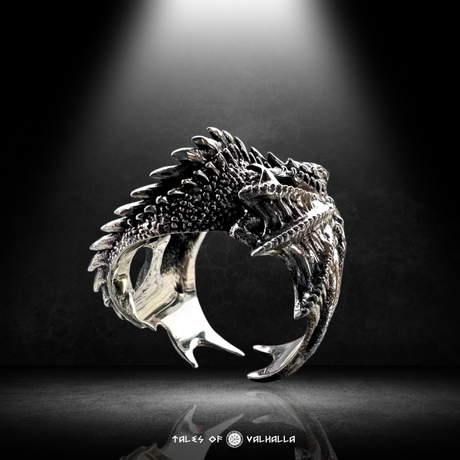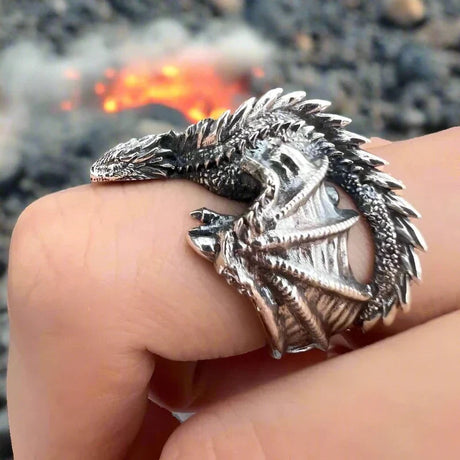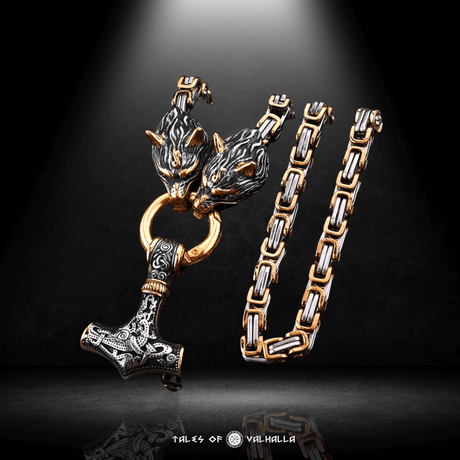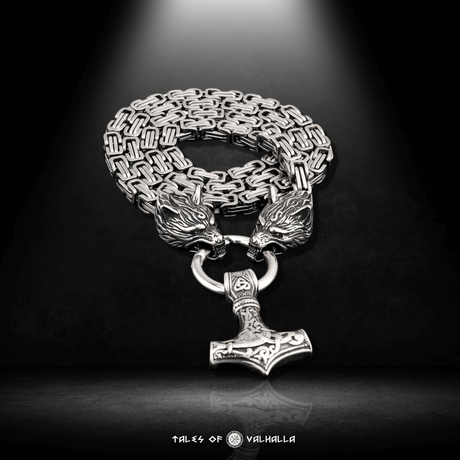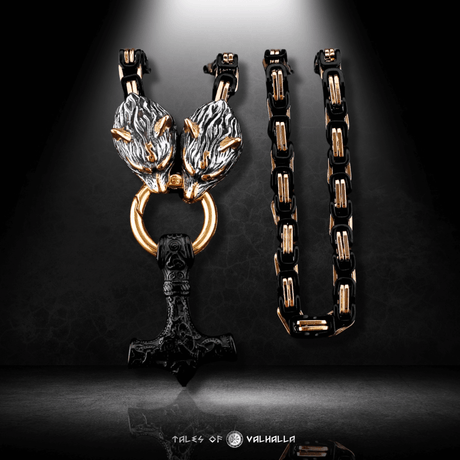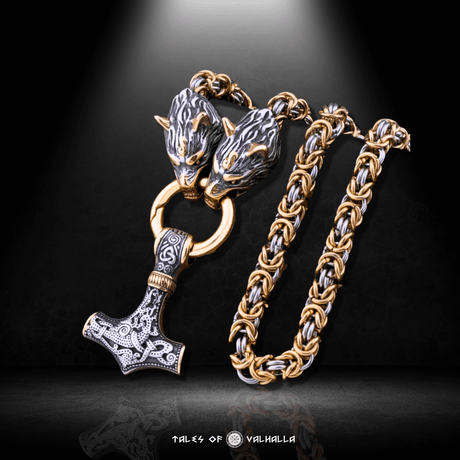The image is powerful and immediate: a fierce Viking warrior, muscles coiled, skin covered in a stunning tapestry of dark, swirling knots and cryptic runes. This vision, popularized in television shows and video games, has fueled a massive surge of interest in Viking Tattoos across the United States. But as we admire these incredible modern designs, a compelling historical question arises: Did the Vikings actually have tattoos?
The answer is a fascinating journey into a past where evidence is scarce, but clues are tantalizing. It requires us to become historical detectives, sifting through ancient texts, examining archaeological finds, and understanding the broader context of Norse culture. This is the ultimate guide to Viking Tattoos and body art, where we will separate the hard evidence from the popular fantasy, explore how these markings might have been made, what they could have looked like, and why this ancient tradition continues to resonate so powerfully with us today.
The Primary Evidence: Sifting Through History for Clues
The greatest challenge in confirming the existence of Viking Tattoos is the simple fact that skin does not last for a thousand years. Unlike bone, metal, or stone, human tissue decays, taking any potential tattoos with it. Therefore, we must rely on indirect evidence.
The Account of Ibn Fadlan: A Traveler's Remarkable Tale
Our most significant—and most debated—piece of evidence comes not from Scandinavia, but from the detailed records of a 10th-century Arab diplomat named Ahmad Ibn Fadlan. While on a mission from Baghdad, he encountered a group of Scandinavian traders on the Volga River known as the Rus'. His description of them is extraordinary:

The Primary Evidence: Sifting Through History for Clues
"I have never seen more perfect physiques than theirs – they are like palm trees, are fair and reddish... From the tips of their toes to their necks, each man is covered in dark-green [or dark blue-green] trees, figures, and the like."
This single passage is the cornerstone of the argument for historical Viking Tattoos.
-
Analysis of the Description:
-
Extensive Coverage: The phrase "from the tips of their toes to their necks" suggests full-body artwork, not just a few small symbols.
-
Intricate Designs: His mention of "trees" and "figures" implies complex, pictorial designs, not just simple lines or dots. This aligns with the sophisticated art styles we see on Viking woodcarvings and metalwork.
-
The Color Conundrum: The "dark green" or "dark blue-green" color is a point of contention. Most traditional tattoos made with carbon-based pigments (like soot) appear blue-black in the skin over time. It's possible Ibn Fadlan was describing the appearance of tattoos made with woad, a plant that produces a blue dye. It's also possible his perception of color was simply different, or that he was describing a form of body paint.
-
- The Counterarguments: Skeptics argue that Ibn Fadlan could have been describing temporary body paint used for rituals or trade. They also point out that his account is of one specific group of Rus' traders in the East, and may not represent the customs of all Vikings across Scandinavia.
The Silence of the Sagas and Eddas
Curiously, the vast body of Norse literature—the Poetic Edda, the Prose Edda, and the Icelandic Sagas—is largely silent on the subject of tattooing. These texts are filled with detailed descriptions of clothing, weapons, jewelry, and hairstyles, but they make no clear, unambiguous mention of permanent ink on skin. This silence is puzzling and is often used as an argument against the widespread practice of Viking Tattoos.
The Archaeological Puzzle: Missing Skin, Present Tools
While we have no preserved tattooed Viking skin, archaeology offers some tantalizing, albeit circumstantial, clues.
-
Potential Tattooing Implements: Archaeologists have found small, sharp, pointed instruments made of bone or bronze that could have been used for tattooing. However, these needles could also have been used for sewing leather, as medical tools, or for other crafts. Without pigment traces on the tips, their purpose remains ambiguous.
-
Comparative Evidence: While not Viking, the discovery of incredibly well-preserved tattoos on the 2,500-year-old Scythian "Siberian Ice Maiden" proves that the technology for creating sophisticated, multi-colored tattoos existed in the ancient world. It shows it was possible.
Reconstructing the Process: How Would Vikings Have Created Tattoos?
Assuming Ibn Fadlan's account is accurate, how would these Viking Tattoos have been created? The process would have been a far cry from a modern tattoo parlor.
The Hand-Poked Method: A Ritual of Pain and Permanence
The most likely technique would have been hand-poking, an ancient method used by cultures all over the world.
- The Process: This would involve using a sharp needle or a set of needles (perhaps made of bone, bronze, or sharpened antler) to repeatedly puncture the skin by hand, depositing pigment into the dermis. It would have been a slow, painful, and deeply personal or ritualistic process.
- The Artist: The person applying the tattoo would have been a skilled artisan, someone with a steady hand and knowledge of both the technique and the symbolic imagery. Perhaps a specific member of the community specialized in these powerful markings.
Story Vignette 1: The Carver's Needle Imagine a Viking warrior named Kael, sitting stoically by the firelight in a longhouse. Across from him, an old woman known as a rune-mistress holds a sharp bone needle. She dips the needle into a small stone bowl containing a thick, black paste made from soot and water. With a rhythmic, steady hand, she begins to tap the needle into Kael's shoulder, her movements precise and practiced. Each tap is a small sting of pain, a price paid for the permanent symbol of a wolf's head that is slowly taking shape on his skin. This isn't just decoration; it is a ritual. This Viking Tattoo is a mark of his identity as a warrior, a plea for the animal's ferocity in battle. The pain is part of the magic.
The Pigments of the North: Ink from the Earth and Fire
The "ink" for Viking Tattoos would have been sourced from the natural environment.
- Soot/Charcoal (Black/Blue-Black): The most common and effective pigment for ancient tattoos was carbon. This could be easily made by collecting fine soot from burnt pine wood and mixing it with water or oil to create a paste. In the skin, this carbon pigment typically appears as a dark blue or black.
- Woad (Blue/Green): To explain Ibn Fadlan's "dark green" description, many point to woad, a plant that produces a rich blue dye and was widely used by the Vikings to color textiles. It is plausible that this same plant could have been processed into a pigment for tattooing, resulting in the bluish-green hue he described.
The Meaning in the Mark: What Would Viking Tattoos Have Looked Like?
Since we have no preserved examples of Viking Tattoos, we must look to their other art forms to imagine what their designs might have been. The same powerful symbols and intricate styles found on their runestones, jewelry, and woodcarvings were likely the inspiration for their body art.

The Meaning in the Mark: What Would Viking Tattoos Have Looked Like?
The Language of Knotwork
Viking art is famous for its intricate, interwoven knotwork patterns. These endless, looping designs were not just decorative. They likely symbolized the interconnectedness of all things, the cyclical nature of life, and the inescapable threads of fate (wyrd). A sleeve or chest piece of knotwork would have been a powerful statement.
The Power of Animal Motifs
Animals were central to the Norse worldview, often representing gods or powerful natural forces.
- The Wolf: A symbol of ferocity, instinct, and loyalty, but also of chaos and destruction (in the form of Fenrir).
- The Raven: Odin's messengers, Huginn (Thought) and Muninn (Memory), representing wisdom, knowledge, and insight.
- The Serpent/Dragon: Figures like Jörmungandr (the World Serpent) symbolized the primal chaos at the edges of the world and the cyclical nature of life and death.
- The Bear: An emblem of raw strength and the fury of the warrior, closely associated with the legendary Berserkers.
The Magic of Runes
Runes were the Viking alphabet, but each character was also a symbol with a name and a deeper, often magical, meaning. Viking Tattoos featuring runes would have been deeply personal talismans.
- Single Runes: A single rune could be a powerful charm. For example, the Algiz (ᛉ) rune for protection, or the Tiwaz (ᛏ) rune for victory.
- Bindrunes: A bindrune is a personal sigil created by combining two or more runes. This was a form of advanced runic magic, creating a unique symbol with a specific intended purpose, making for a truly personal Viking Tattoo.
Other Powerful Symbols
Other potent symbols from Norse mythology would have made for powerful Viking Tattoos:
- Mjölnir (Thor's Hammer): The ultimate symbol of strength and protection.
- Valknut (Knot of the Slain): A symbol of Odin and the afterlife for warriors.
- Yggdrasil (The World Tree): A representation of the entire cosmos and the interconnectedness of all Nine Worlds.
Beyond Tattoos: Other Forms of Viking Body Art
The discussion of Viking Tattoos is part of a broader conversation about body modification in Norse culture. There is concrete evidence for other, equally striking forms of body art.
Kohl Eyeliner: A Surprising Touch of Cosmopolitanism
In his same famous account, Ibn Fadlan noted that both Rus' men and women wore kohl, a dark cosmetic, around their eyes. He wrote, "They also use kohl for their eyes, and when they use it, beauty never leaves them." This practice, likely adopted from contact with Middle Eastern cultures along the eastern trade routes, shatters the image of a purely rustic people and shows their willingness to adopt foreign customs they found appealing.
Filed Teeth: A Warrior's Intimidating Grin
Perhaps the most startling and undeniable evidence of Viking body modification is dental. Archaeologists have found numerous Viking Age skulls, particularly on the Swedish island of Gotland, with deep, horizontal grooves intentionally filed into their front teeth.
- The Process: This would have been an extremely painful process, done with a metal file.
- The Purpose: The exact reason is unknown, but theories include:
-
-
Intimidation: A grin revealing a set of filed teeth, possibly colored with pigments like red or black, would have been a terrifying sight for an opponent.
-
Status Symbol: It may have been a mark of a certain social group, such as a successful merchant or a seasoned warrior.
-
Rite of Passage: It could have been part of an initiation or a rite of passage.
-
This practice proves that Vikings were not afraid of painful body modification for aesthetic or social reasons, which lends further credibility to the likelihood of them practicing Viking Tattoos.
From History to Modern Ink: The Resurgence of Viking Tattoos
Today, Viking Tattoos are more popular than ever, a global phenomenon embraced by people from all walks of life.
Why the Popularity?
-
Connection to Heritage: For many in the US with Scandinavian ancestry, it's a way to honor their roots.
-
Symbolism of Strength: The values associated with Vikings—courage, resilience, and a warrior spirit—resonate deeply with many people.
-
Pop Culture: The massive success of shows like Vikkinsg and The Last Kingdom, and games like God of War and Assassin's Creed Valhalla, has brought Norse culture to the forefront.
-
Aesthetic Appeal: The art style itself—the bold lines, intricate knots, and powerful imagery—is visually compelling.
Table: Popular Modern Viking Tattoo Symbols & Their Origins
This table helps distinguish between symbols that are authentically from the Viking Age and those that, while part of the broader Norse-inspired tradition, are from a later period. Understanding this is key to choosing authentic Viking Tattoos.
Story Vignette 2: A Modern Saga in Ink David, a veteran living in Texas, wanted a tattoo to commemorate his service and the brotherhood he found in the military. He was drawn to the symbolism of Viking Tattoos. He chose not a weapon, but a large raven on his shoulder. For him, it wasn't just Odin's messenger; it was a symbol of intelligence, observation, and watching over his comrades. He worked with his artist to weave a subtle bindrune for "protection" and "brotherhood" into the raven's wing. His Viking Tattoo was deeply personal, a modern interpretation of ancient symbols to tell his own story of loyalty and resilience.
Your Quest: Finding the Right Artist and Inking Your Saga
If you're inspired to get your own Viking Tattoo, the journey is just as important as the destination.
- Research is Your Shield: Don't just pick a "cool" design from a Google search. Understand its meaning, its history, and its context. Be particularly wary of symbols that have been co-opted by hate groups. A true appreciation of the culture requires this responsibility.
- Find a Knowledgeable Artist: Seek out a tattoo artist who has a passion for and experience in Norse or historical art styles. Look at their portfolio. A great artist will not only execute the design well but can also help you refine your idea and ensure its symbolic integrity.
- The Consultation: Talk to your artist. Tell them the story you want your tattoo to tell. The best Viking Tattoos are a collaboration between the wearer's vision and the artist's skill.
Conclusion: The Enduring Mark of the Northmen
So, did Vikings have tattoos? While the definitive, preserved proof remains elusive, the weight of evidence from historical accounts, archaeological context, and their known cultural practices makes a strong case for "yes." The world of Viking Tattoos and body art was likely rich with symbolism, drawing from the same intricate art styles and powerful myths we see on their surviving artifacts.
Today, Viking Tattoos serve as a powerful bridge to the past. They are a way for us to connect with the strength, artistry, and profound worldview of the Norse people. Whether you choose a symbol of divine protection, a mark of personal destiny, or an intricate pattern celebrating the interconnectedness of all things, you are participating in a tradition thousands of years in the making. By approaching these symbols with knowledge, respect, and intention, your Viking Tattoo becomes more than just ink; it becomes a piece of your own personal saga.

